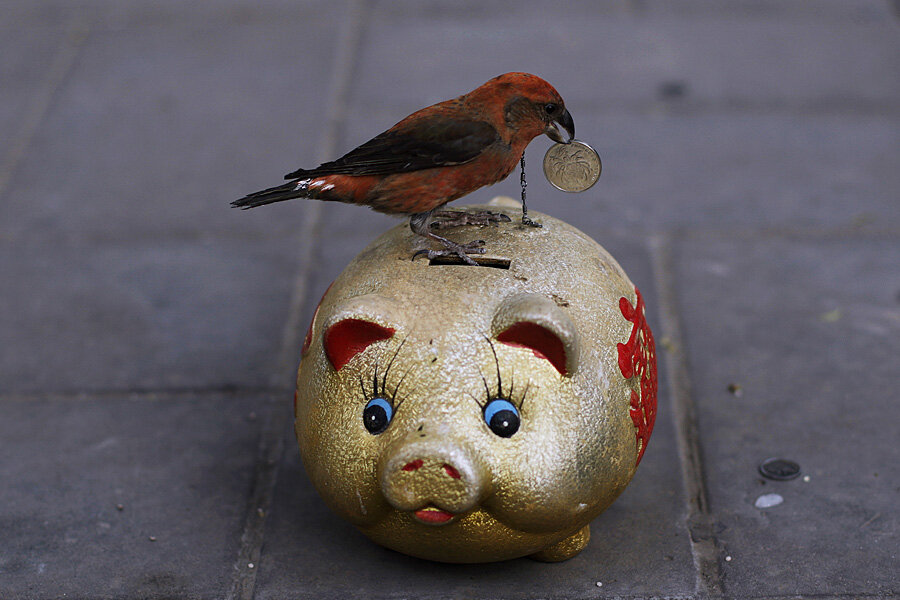Saving for a rainy day? 1 in 4 Americans don't.
Loading...
Many Americans saw their finances decimated by the 2008-09 economic collapse and recession. But as the economy improves, most aren’t taking adequate steps to protect themselves from another such catastrophe.
One in 4 Americans, (26 percent) have no money at all saved up for emergencies, according to a report released Monday from bankrate.com, a financial information services website. In addition, two-thirds of Americans have saved less than the recommended six months of expenses in their rainy-day funds, and half have less than three months' worth saved.
Bankrate’s findings were based on phone interviews with 1,004 adults living in the United States. The firm has been conducting the survey since 2011, and the findings show little movement, says Greg McBride, Bankrate’s chief financial officer.
“It’s disappointing,” he says. “The recession showed people the importance of emergency savings in a way that hadn’t been seen before. But people have made very little progress, and they know it. Savings is still the weak spot in US financial security.”
Typically, wealthier households have higher savings rates, but the results were underwhelming across income levels. Even among households with an annual income of $75,000 or more, less than half (46 percent) had the recommended six-month cushion saved. “It’s a problem across the board,” Mr. McBride says.
There was some difference among age groups, however. The youngest US adults, 18- to 30-year-olds, were the most likely to have at least five months of expenses saved up. People between the ages of 30 and 49, meanwhile, were the most likely group to have no savings at all. The reason: younger adults, who often live at home with parents or with roommates, generally have lower expenses, whereas the 30 to 49 set tend to have expenses piling up more quickly than other age groups in the form of house payments, kids, and other major costs.
The Bankrate study is consistent with what other research and data have shown: Even as wealth goes up and debt goes down in the recession’s wake, savings are still trending downward. And they have been for decades. The US personal saving rate, or the portion of a person’s earnings that went toward long-term savings, was 4.4 percent in April of this year, according to the US Department of Commece. That’s actually an improvement from the first quarter of 2013, when it hit an all-time low of 2.6 percent. At its peak in the early 1970s, the personal savings rate was around 17.5 percent.
Low savings are obviously bad for financial stability, but they can hamper improving one’s economic prospects, as well. A 2009 study from Pew Charitable Trusts found that 71 percent of children from low-income, yet high-savings households were able to move out of the bottom quintile of earnings in one generation. In contrast, only 50 percent of children from low-savings families were able to do so.
So, how can Americans save more? Besides the obvious – make more money, spend less – McBride recommends saving preemptively. “People often wait until the end of the month and try to save over,” he says. “That’s a mistake. Set up a direct deposit from your paycheck to dedicated emergency account. It’s forcing yourself to live on less than you make.”








